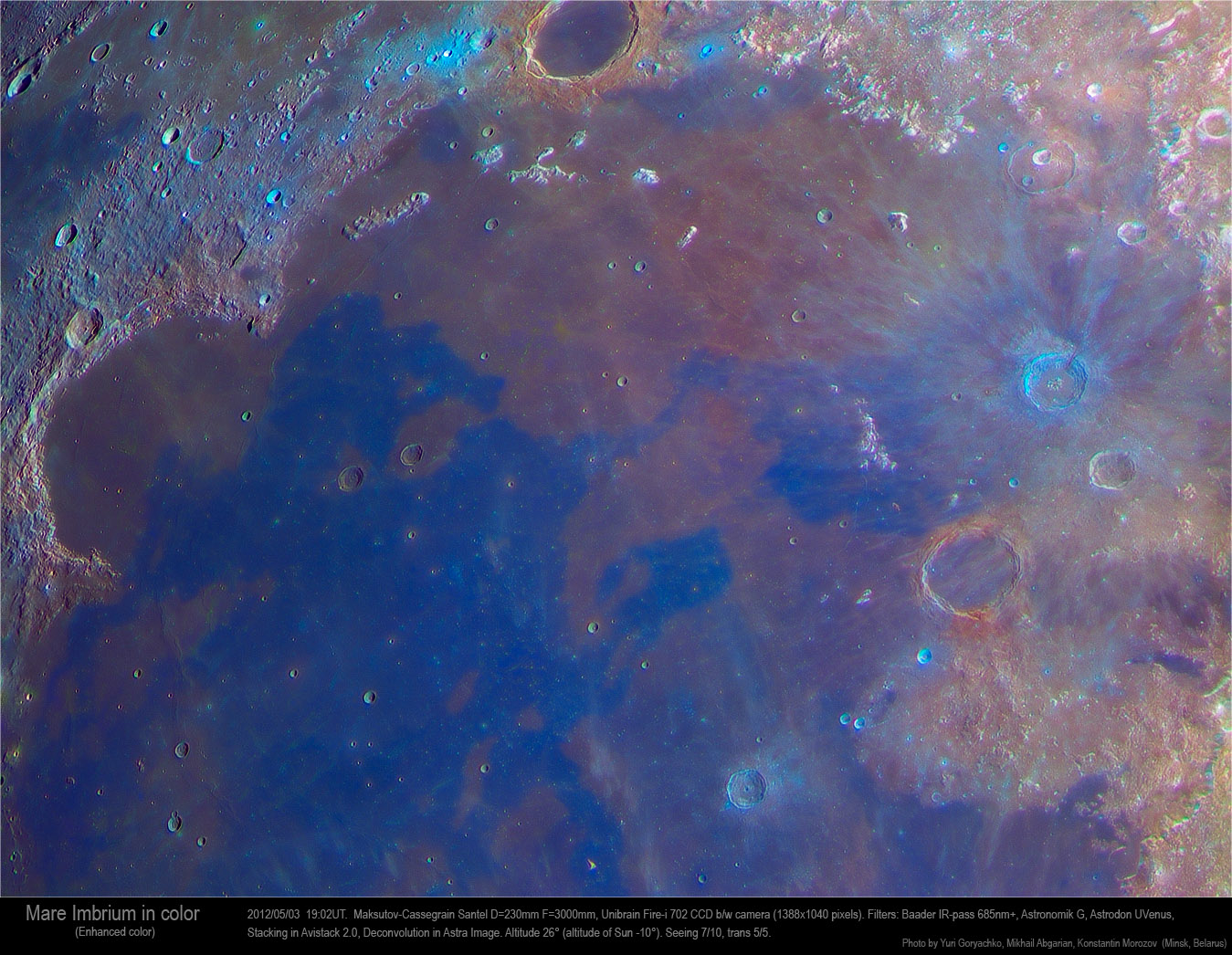Difference between revisions of "June 23, 2012"
| Line 29: | Line 29: | ||
<br /> | <br /> | ||
<hr /> | <hr /> | ||
| + | <!-- Removed reference to store page --> | ||
| + | </div> | ||
| + | ---- | ||
| + | ===COMMENTS?=== | ||
| + | Register, and click on the <b>Discussion</b> tab at the top of the page. | ||
| + | <hr> | ||
| + | You can support LPOD when you buy any book from Amazon thru [[Support_ LPOD|LPOD]]! | ||
| + | <span style="font-size:88%"> | ||
| + | <center> | ||
| + | Contributions to http://www2.lpod.org/ are licensed under a Creative Commons Attribution No-Derivative-Works Non-Commercial 3.0 License. [http://www.creativecommons.org/licenses/by-nc-nd/3.0 http://www.wikispaces.com/i/creativecommons/by-nc-nd_3.0_80x15.png]<br> | ||
| + | </center> | ||
| + | </span> | ||
Revision as of 20:09, 31 January 2015
Mauve Clouds On the Mare

image by Yuri Goryachko, Mikhail Abgarian, Konstantin Morozov, Minsk, Belarus
If you squint this looks like a Hubble image of stars and red nebulae. Yuri, Mikhail and Konstantin
have colored the Moon in pastel tones that map out differences in chemical composition. The blues
are titanium-rich soils and the reds are low in titanium. These differences have been known since
Ewen Whitaker discovered them in the 1960s, and this marvelous Minsk mosaic displays them in
low enough Sun images to clearly see the relationship of color boundaries with landforms. The
remarkable thing is that there doesn't appear to be any morphologic boundary at the abrupt blue to
rose color boundaries in the center of Imbrium. I looked at the boundary using the LRO Quickmap
and could only see a slight difference in hue and a greater number of craters in the mauve lavas.
Presumably these colors represent physically different lavas flow, that had flow fronts a few tens of
meters high. Over the last 2.5 billion years or so erosion has erased the morphological boundaries,
but - proving that the colors are not just skin deep - colors remain. Don't just look at the maria, notice
the orange rims of Plato and Archimedes. Plato is dusted with pyroclastics, not surprising considering
the number of sinuous rille vents near its rim. Parts of the north and south rims of Archimedes are a
similar Halloween hue but there are no vents immediately near it - at least none visible now. Finally,
note the bluish rays emanating from Aristillus. The rays clearly extend from west to north to east, but
it is less certain if they go to the south, just as previously thought.
Chuck Wood
Related Links
Rükl plate 11
Minsk Miracle Workers website
COMMENTS?
Register, and click on the Discussion tab at the top of the page.
You can support LPOD when you buy any book from Amazon thru LPOD!
Contributions to http://www2.lpod.org/ are licensed under a Creative Commons Attribution No-Derivative-Works Non-Commercial 3.0 License. 



